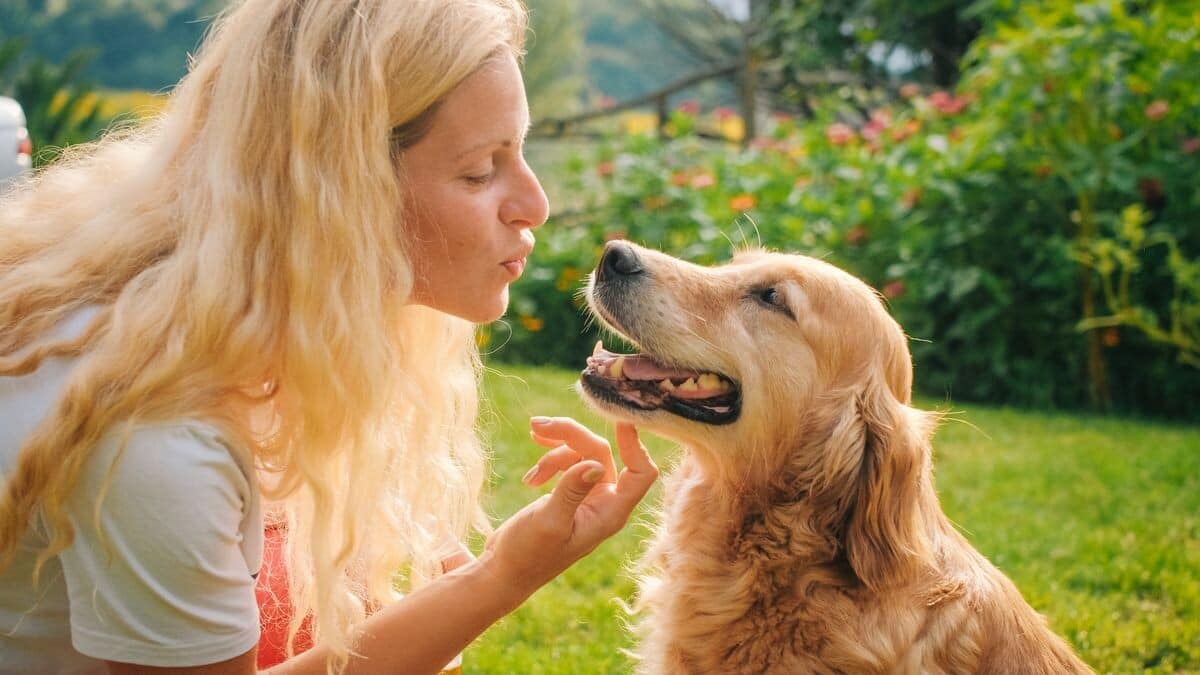
Do dogs really look like their owners? Study says so
What's the story
Recent research has shed light on the intriguing question of why purebred dogs often resemble their owners. "Whilst not a universal phenomenon amongst all owners and dogs, there is some evidence that purebred dogs and owners tend to resemble each other at some level," stated Katrina Holland, a research officer at UK's Dogs Trust animal welfare charity. Studies have shown that people can successfully match pictures of purebred dogs with their respective owners above random chance levels.
Visual matching
Physical appearance key in resemblance
The study further revealed that physical appearance, not any other element, is the primary factor people use to match dogs with their owners. This was demonstrated by participants successfully pairing dogs and owners, regardless of whether they were instructed to identify real dog-owner pairs or simply choose pairs that looked alike. The research suggests a significant role of visual cues in the perceived resemblance between purebred dogs and their human counterparts.
Eye connection
Facial features, especially eyes, integral to resemblance
Certain aspects of physical appearance are more crucial than others in the perceived resemblance between dogs and their owners. A different study, in 2015, found facial features, particularly the eyes, to be more significant than qualities like size, hairstyle, and physical fitness. When participants were shown real and fake dog-owner pairs while masking different parts of the dogs' and owners' facial features, they were equally successful at matching. However, success rates dropped to 50-50 when the eye region was masked.
Selection theory
Owners likely choose dogs that resemble them
So do people choose dogs that look like them or if dogs start to resemble their owners over time? A study from 2004 found no correlation between the length of dog ownership and resemblance, indicating that people likely select dogs that bear a likeness to them from the outset. This suggests that the resemblance between purebred dogs and their owners is not a result of prolonged cohabitation but rather an initial selection preference.
Familiar preference
'Mere exposure effect' may influence dog selection
One hypothesis for this selection preference is that people tend to seek out others, including mates and pets, who look like them. Alternatively, Holland suggests it may be due to the 'mere exposure effect,' where people prefer familiar items, over those they have not seen before or seen less often. This effect is also observed with music; a song that was initially disliked can become irresistible after repeated exposure.
Personality parallels
Dogs and owners share personality traits
Beyond physical appearance, a recent study found that dogs and their owners also share similarities in the 'Big Five' personality dimensions: extraversion, agreeableness, openness, conscientiousness, and neuroticism. These findings support the idea that people not only choose pets that look like them but also those that act like them. However, Holland advises potential pet owners to consider all aspects of dog ownership, for a successful lifelong relationship with their new canine companion.